
Developer: Grasshopper Manufacture, Playism
Publisher: Nis America
Platform: Switch
Tested On: Switch
The Silver Case 2425 – Review
Suda51 is an indie developer well known for his quirky auteur titles such as No More Heroes. Back in 1999, he released The Silver Case for the original PlayStation, later creating a sequel for mobile devices known as The 25th Ward. Now, both games have been packed together into The Silver Case 2425, a re-release containing the most modern versions of both games.
Story
The Silver Case’s story takes place in the 24th Ward municipality and follows the events surrounding the apparent re-apparition of infamous serial killer Kamui Uehara. The game is divided into two separate scenarios, divided into 6 chapters each. During the “Transmitter” scenario, players will take control of an ex-special agent, working for the 24th Ward’s Heinous Crimes unit on a case related with Kamui, later on delving into other investigations, both related and unrelated to the original case.
On the other hand, during the “Placebo” scenario, players will follow independent journalist Tokio Morishima as he investigates the Kamui case on his own. The events that go down in this scenario mainly serve to fill in the gaps left in Transmitter, with its chapters relying on the progress made in said scenario to unlock.
Overall, while The Silver Case presents an interesting synopsis, the execution is rather poor, to say the least. The game is filled to the brim with nonsensical dialogues and sluggish pacing that makes the first half of the game a confusing slog to get through, even though the later chapters do somewhat improve. It is also worth mentioning for anyone who may be bothered by such a thing that there are some incredibly sexist dialogues thrown in here and there for no particular reason, alongside certain implications of sexual abuse that just get shrugged off.
Luckily, in contrast with its predecessor, the quality of the writing vastly improves for The 25th Ward, where the story is centered on the titular metropolis, a supposed utopia constructed to provide the perfect lifestyle. This time around, the narrative is divided into 3 scenarios, which, similarly to the first game, take place parallel to each other.
The first of these scenarios, “Correctness”, follows Mokutaro Shiroyabu, a member of the 25th Ward’s Heinous Crimes Unit, as he investigates a series of mysterious deaths in a high-rise apartment complex alongside his partner Shinko Kuroyanagi. Early into the story, the pair is also joined by a mysterious new recruit, whose point of view players will take in several chapters.
The second of the scenarios, “Matchmaker”, centers around the Regional Adjustment Bureau, a shadow organization dedicated to the preservation of the 25th Ward’s lifestyle through the elimination of subversive elements. Focusing on two of its members, this segment of the story sees them attempt to carry out their assignments while hiding from the Heinous Crimes Unit.
Finally, the last of the scenarios, dubbed “Placebo”, is a throwback to the scenario of the same name in the first game, also following Tokio Morishima on an investigation. This time around, Tokio has lost most of his memories from the previous games and is roped into an investigation by a shadowy figure as he attempts to recover them.
Although still awkward at times and rather quirky, The 25th Ward’s story is a great improvement over the first game. Despite still featuring some flaws, the story doesn’t beat around the bush as much and thus doesn’t suffer the same pacing issues as the original. The quality of the writing itself is also greatly improved and most, if not all, of the random sexist remarks are gone.
Graphics
Both of the games feature the same style; a combination of 3D graphics for environments and cutscenes, and 2D drawings for gameplay segments with occasional anime style animations thrown in. While the drawings are just as good on both games, The Silver Case’s 3D is rather lackluster when compared to the much crisper and higher quality one featured in The 25th Ward, although it is undoubtedly due to the age difference.
While both games feature a generally large variety of environments and locations, it is worth mentioning interiors can often feel samey. The first game, in particular, features an especially egregious case of this, by straight-up reutilizing the same identical layout and textures on occasions.
Sound
The games’ sound design is generally quite good, particularly when referring to the soundtrack. Although the SFX are by no means bad, they are sparingly used and rather irrelevant. Nonetheless, one in particular, the typewriter sound while text appears, soon becoming a nuisance. It is also worth noting that, although the games also feature a few live-action videos, neither of them include any narration or voice acting.
Gameplay
While both games present themselves under the guise of point-and-click puzzle games, it is arguable they instead belong to the narrative and visual novel genres. While the two games are based on the same foundation, their gameplay is slightly different, with The 25th Ward being generally more refined and streamlined.
In The Silver Case, players will often be left in control of their character in somewhat open levels, where they will be able to move on rails through pre-defined paths, identified by floating shapes. These shapes will feature two different types, triangles and suns, with the latter marking a position as a point of interest, whether it be the trigger of a cutscene or something to interact with, sometimes requiring the camera to be moved up or down.
By interacting, or “making contact” as the game calls it, with their surroundings, players will progress the story, generally being indicated what to do next, although the exact triggers can be somewhat obscure at times. For example, while the player may be prompted to talk to their colleagues, they may still be unable to progress once they’re done, as they are expected to talk several times with the same person. Some of the items that can be made contact with will also feature so-called puzzles, which generally consist of passwords for the player to guess; which more often than not feature a button to automatically solve them. Occasionally, players will also be required to utilize one of the items in their inventory, referred to as “Implements”, although these cases are few and far between.
All that said, it is very much worth noting the Placebo scenario also differs from Transmitter in how it handles its gameplay. Despite retaining the same mechanics, while controlling Tokio, players will only ever interact with the same handful of items and move around his apartment. His scenario is even more narrative-focused than the main one. A particular issue with the game as a whole, but even more egregious in this scenario, comes with how the game always forces the player to sit through a panoramic shot upon changing the scene, regardless of how many times it has been visited. While in Transmitter it can easily be dealt with, Placebo features lots of scene changes and very little gameplay in each, easily piling up the time spent in these shots and killing the pacing.
Similarly to what happens with the story, The 25th Ward also improves on the gameplay. Instead of having players move through several set positions, the game now features a few prompts with whichever positions the players may move to in relevant cases. Alongside this, instead of the clunky interaction system of its predecessor, the game now simply shows players whichever prompts may be relevant to the occasion, these generally being the “Talk” or “Look” commands but featuring other specific ones from time to time.
Additionally, The 25th Ward features actual puzzles which usually require players to interact with the items in their inventory to progress. From time to time, the gameplay will even take strange and unique turns into quirky new mechanics, such as RPG battles or questionnaires, although these are usually just one-time gimmicks.
Conclusion
The Silver Case 2425 is a pack of two narrative games of varying quality, with one being lackluster at best and the other generally decent. Priced at $/€39,99/£35.99 the pack is recommendable to those who enjoy Suda51’s games and want to experience some of his older creations. Anyone else, however, would arguably be better off simply purchasing The 25th Ward on a different platform and forgetting about the original game.
Personal Opinion
“Playing through The Silver Case only served to show me the true victim of the case was me, having to endure a miserable time with the complete mess that is its story. With dialogues amounting to narrative masterpieces of the caliber of “You’re slow” “Slow?” “Slow”, irrelevant characters and disconnected chapters, I simply kept wondering what kind of substance Suda had taken while making the game. Luckily enough, once I was done with the first game, I found out its successor was much more enjoyable. Despite still being rather absurd and including plenty of awkward pseudo-philosophical nonsense, The 25th Ward at least seemed more self-aware and tongue-in-cheek about it. Cutting the absurd amounts of filler was also a pretty nice touch that helped me actually enjoy the game. As mentioned in the review, I could only recommend The Silver Case to Suda51 buffs or someone with a ridiculous amount of patience willing to put up with it, which makes buying a pack with both games only a good idea for those same people.”
The Silver Case 2425 - Review,
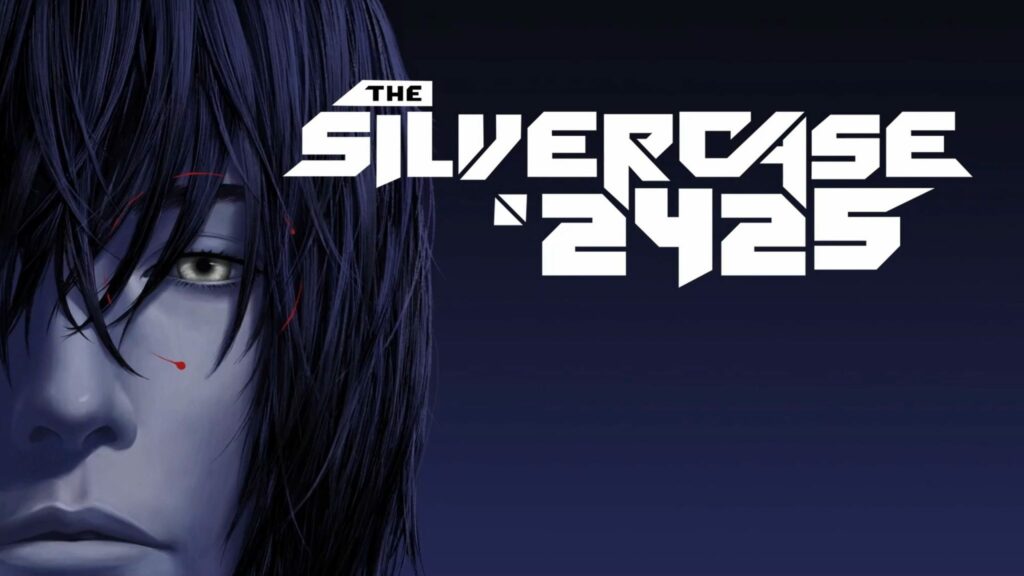

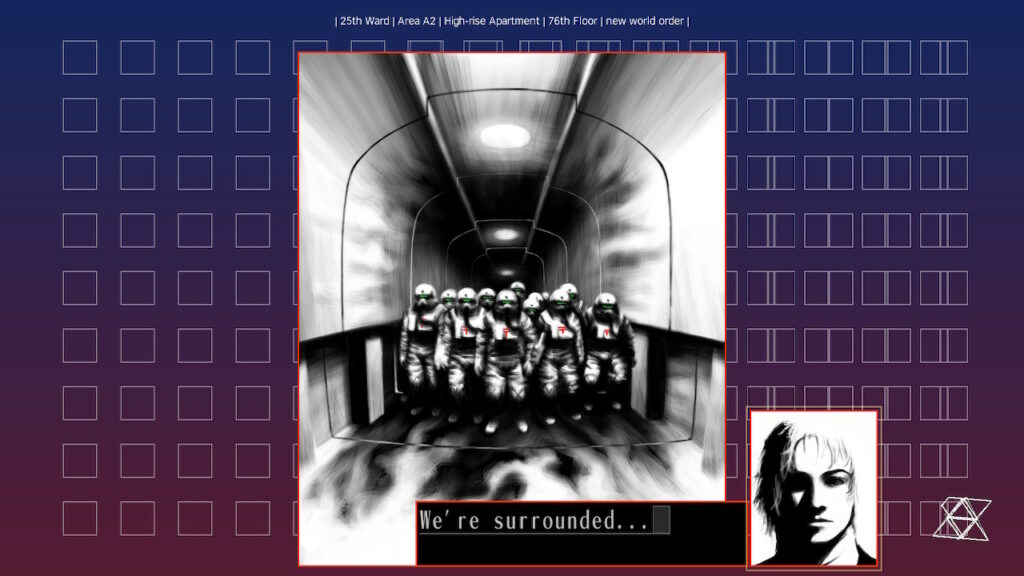
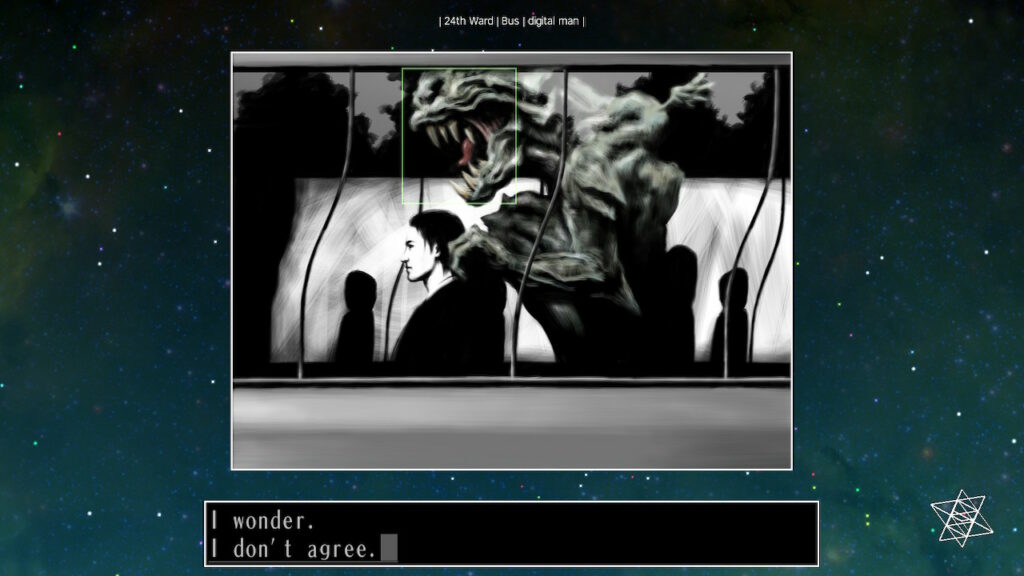
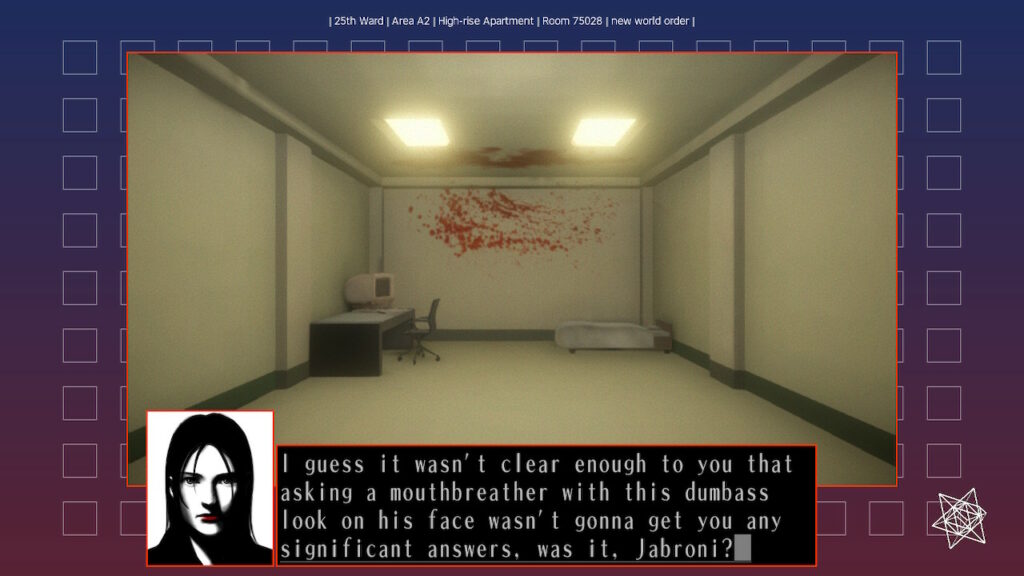
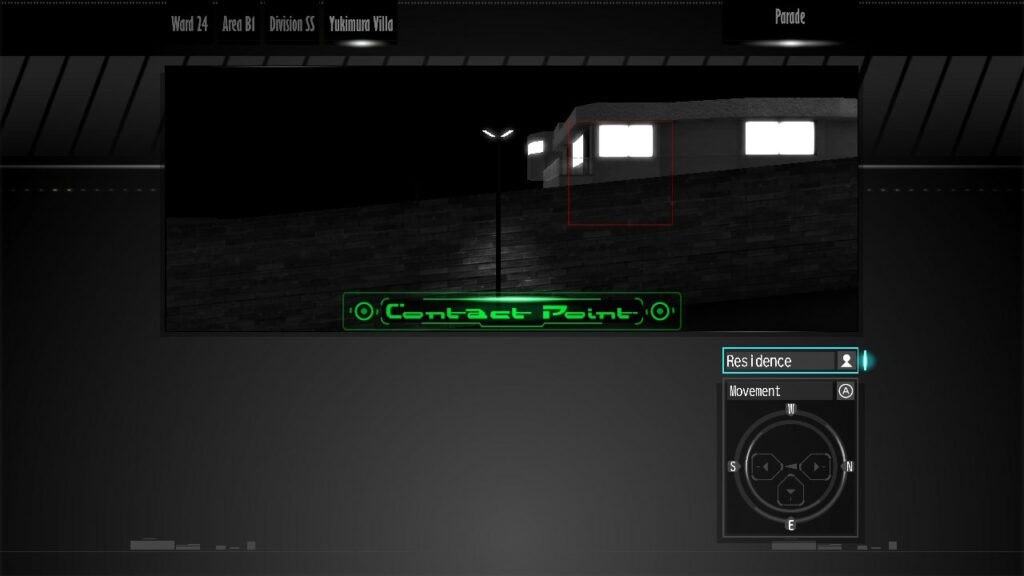
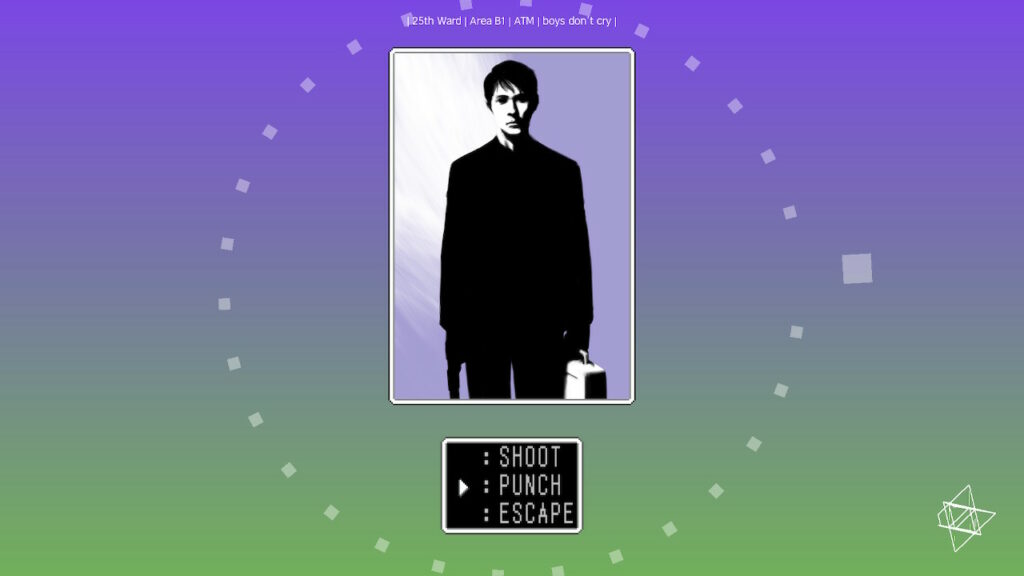
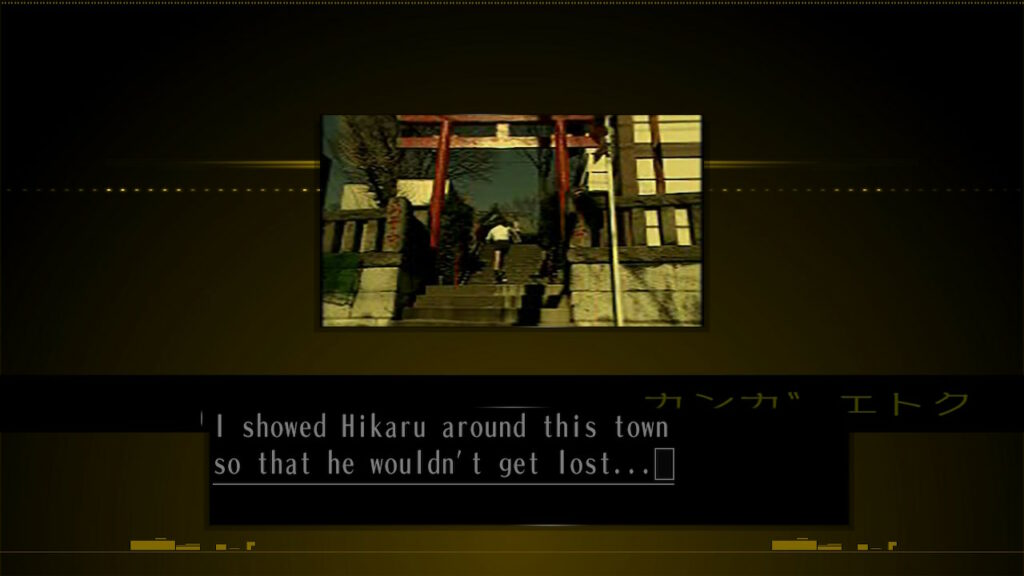




No Comments